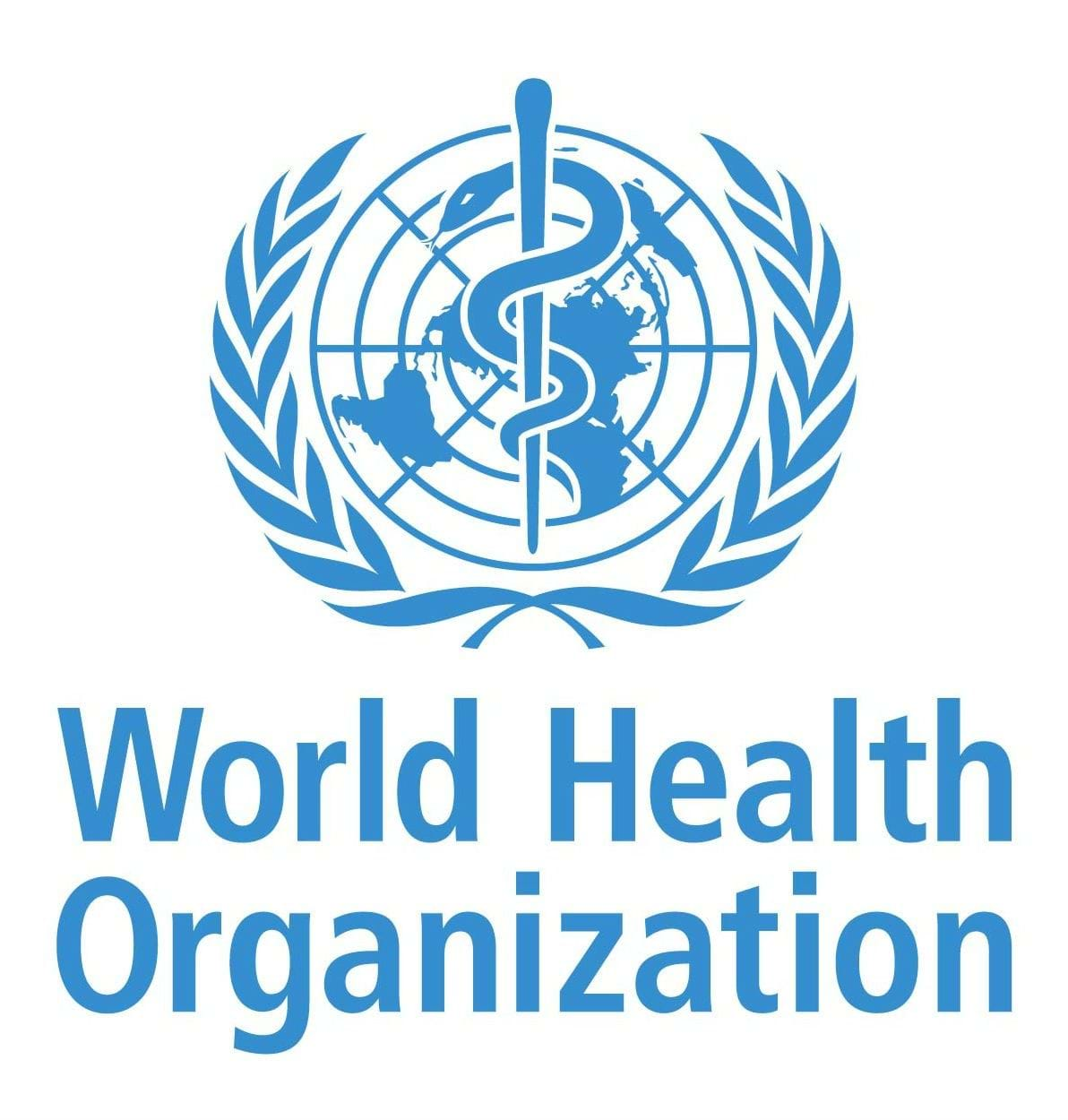On September 12th, PMNCH convened the 2nd peer learning exchange among Collaborative Advocacy Action Plan Initiative’s (CAAP) coordinating partners from 10 countries. Opening the meeting Dr Githinji Gitahi, Global CEO, AMREF Health Africa and Co-Chair of the PMNCH Advocacy and Partner Engagement Committee noted: “Getting action in the countries is extremely important”, highlighting the key role partners play on the ground. The meeting sought to facilitate cross-country learnings and experience sharing among CAAP coordinating partners, socialize key decisions and implications emanating from the 33rd PMNCH Board meeting, as well as brainstorm how to domesticate the MNCH resolution passed at the 77th WHA and link its implementation to the CAAP efforts. 15 partners actively shared their valuable insights, recommendations and questions.
PMNCH sincerely thanks CAAP coordinating partners from Africa Health Budget Network (Nigeria); Health NGOs Network (Kenya) and Public Health Initiative Liberia (Liberia); Amref Health Africa (Malawi, Senegal and Zambia); and Clinton Health Access Initiative (Ethiopia, South Africa, Sierra Leone, Tanzania) for their commitment and efforts to improve the health and well-being of women, children and adolescents (WCA).
It was very powerful and inspiring to hear directly from partners – their experiences highlighted some common and, other, context specific opportunities and challenges. A highlight was to hear the reflections from Africa Health Budget Network Nigeria (AHBN) and Amref Malawi who have coordinated partners to successfully develop collaborative action plans in Nigeria and Malawi respectively.
AHBN has coordinated a multi-constituency process to map 148 policy, financial and service delivery commitments made by the Government of Nigeria towards ameliorating MNCH, SRHR and AWB issues. A partner-led review of the implementation status of these commitments indicated that successive governments have prioritized the health and well-being of WCA especially through investments and there is alignment and coherence goals and targets articulated in national documents and the global and regional pledges made by the Government of Nigeria. However, with only a few years to meet the SDG targets in this era of poly-crisis, implementation of these commitments can be accelerated through:
- increased budget allocations and timely budget releases,
- enhanced domestic resource mobilization, and
- strengthening the adaptation and adoption of some of the key commitments at the subnational levels. AHBN colleagues highlighted the importance of conducting streamlined multi-constituency dialogues and engagements in the midst of ongoing health sector reforms. These issues have informed the advocacy goals prioritized in the CAAP, including domesticating and implementing the MNCH resolution and greater, and more timely financial releases for family planning programs, and strengthening coordination in the health sector among others.
Similarly, Amref Malawi, through the inputs from partners, has recorded over 60 national, regional, and global commitments and targets for women’s, children’s, and adolescents’ health since 2014. While significant efforts have been undertaken by the Malawi Government to implement commitments, dissonance between policy and implementation was identified as an issue. Addressing this gap requires additional investments in the health sector, health system strengthening efforts to increase the number of health care professionals, greater policy coherence, enhanced access to quality information and developing policy solutions with continued cognizance of the cultural context. Therefore, the advocacy priorities surfaced in the CAAP include allocating 15% of national budget towards the health sector as per the Abuja declaration, and accelerated action on pertinent SRHR issues (including reducing the unmet need for family planning and teenage pregnancy rates), among others. In particular, Amref Malawi colleagues reflected on the importance of securing government buy-in early in the process and outlining clear roles and responsibilities of different stakeholders including those from the government.
Overall, partners expressed appreciation for the support received from government stakeholders thus far, and highlighted how the CAAP initiative is creating opportunities to increase meaningful engagement with underrepresented constituencies, enhance linkages between grass roots and grass tops stakeholders, and strengthen coordination among allied efforts of partners. One of the practical considerations mentioned by a few partners was the impact of the leadership transition on their efforts as well as associated mitigation measures, they have taken. Partners also reflected on the potential of the CAAP process to strengthen national processes. In certain instances, the CAAP process has helped sustain attention (especially in the event of transition in administration) by giving visibility to commitments that have been made by previous governments. Furthermore, by aligning partners around a core set of national priorities, the CAAP process has the potential to enhance cohesiveness, responsiveness and mutual accountability (including holding international partners to account) within a country’s health sector.
Country Digital Advocacy Hubs have been successfully launched in most CAAP countries, and partners shared that key features of this digital space, such as the commitments dashboard and events pages are providing greater visibility to ongoing efforts in country and, therefore, presenting opportunities for partners to engage further. However, a key question that must be examined further is how best to channel, maximize and sustain engagements on platforms such as the Digital Advocacy over the more popular informal platforms such as WhatsApp, given the fast-paced environments we live in.
CAAP coordinating partners expressed appreciation for the efforts supported by Every Woman Every Newborn Everywhere (EWENE) initiative at the country level; they are keen to coordinate with the country focal points of the EWENE Initiative and leverage progress data on key indicators to inform the CAAP process.
Overall, partner learnings and reflections underscored the premise of the CAAP initiative – that partners can achieve more and more effectively when working together, especially in the face of compounding crises. PMNCH is truly appreciative of the efforts of CAAP partners work to accelerate progress for WCAH issues in their respective countries in the face of multiple crisis. Their efforts truly are at the core of PMNCH’s ambition to drive change for people and communities.

.png?sfvrsn=6d0e27cd_1)



